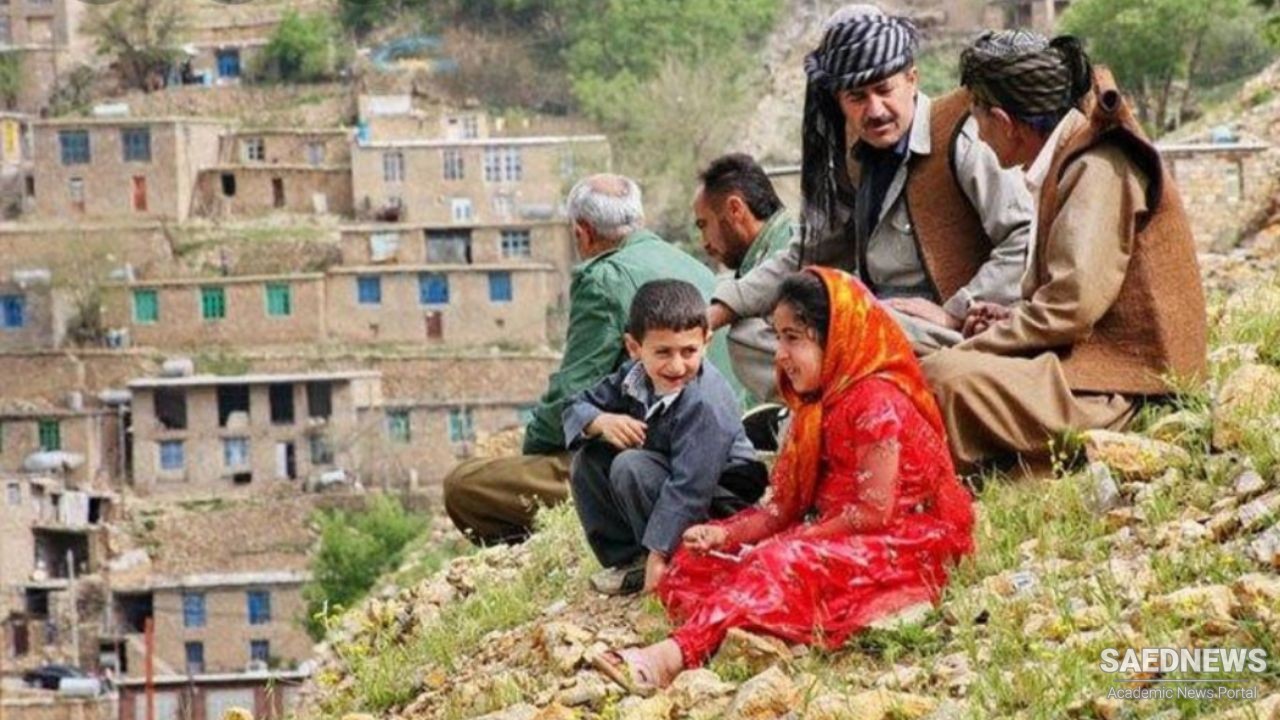Within Iranian Kurdistan, as with greater Kurdistan, there is no geographic, economic or cultural homogeneity. Geographically, Iranian Kurdistan contains mountains, plains, villages and large urban centres. Along with these geographic differences, important economic discrepancies exist among the mountain and plains, cultural villages and urban areas. While the Kurds that live in the Zagros mountain range rely on pastoralism and herding in a modifi ed tribal economic set-up, the Kurds of the plains live in villages and rely mainly on agriculture and, to a lesser extent, pastoralism. The main crops of the region are tobacco, barley, wheat and rice. Finally, there are also urban areas in Iranian Kurdistan, and the Kurds that live here exist as teachers, traders and shopkeepers. It is important to note that on the whole, the Kurdish regions of Iran have historically been left out of infrastructure projects due to the regional and border conflicts, and unemployment is high. While the Iranian Kurds are historically a tribal people, there is no homogeneous Kurdish culture. In the mountain areas, tribal affi liations are still strong, and in general, Kurdish life, although no longer nomadic, was traditionally. Despite the sedentirisation of these tribes, brought about primarily by restrictions on migration begun by Reza Shah and continued under the reign of his son, Mohammed Reza Shah, the tribal affiliations are still very strong. These tribes, through adaptation, have ensured their own survival, with many, post-sedentirisation, affiliating with the Kurds of the Iranian plains, who have traditionally lived in villages. The urban Kurds, although often in confl ict with the traditional tribal leadership, have maintained ties with the tribal sector, mainly for political reasons. It is from the ranks of urban Kurdish society that the Kurdish national leadership has primarily been drawn.


 Kurds the Second Largest Ethnic Group in Iran
Kurds the Second Largest Ethnic Group in Iran














































